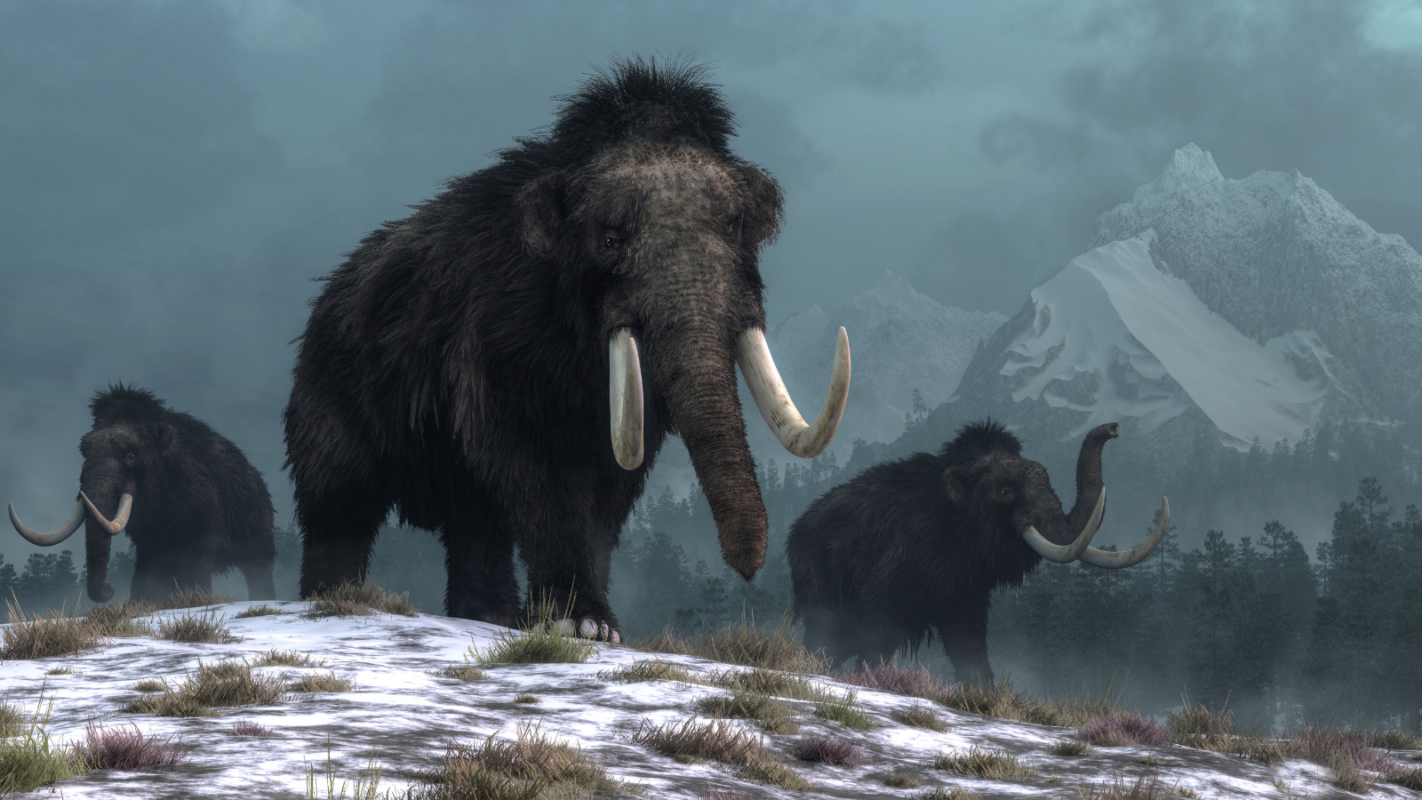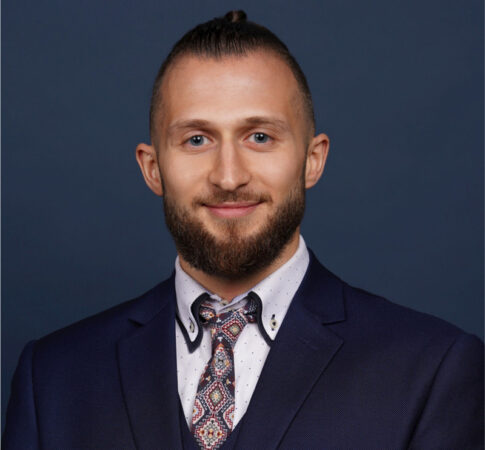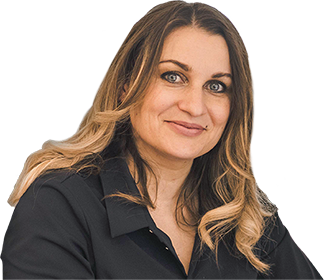

 By eLabNext
5 min read
28 Mar 2023
By eLabNext
5 min read
28 Mar 2023
Bringing back lost species will take a pioneering scientific effort — and the tools to leverage vast swathes of genomic data.
Wildlife conservation has traditionally focused on protecting species before they disappear, but advances in genome editing technology are prompting previously unimaginable questions. Foremost among these: is there a way back from extinction? And if so, could struggling ecosystems be ‘rewilded’ with long-extinct animals?
In 2021, entrepreneur Ben Lamm and world-renowned Harvard geneticist George Church founded Colossal Biosciences with the audacious plan of creating animals very similar to woolly mammoths using Church’s groundbreaking genetic engineering techniques. By January 2023, Colossal had attracted $225 million in venture capital and expanded its mission to include bringing back the thylacine — commonly known as the Tasmanian tiger — and the dodo.
“Our goal is to build an end-to-end scientific pipeline for de-extinction,” says Eriona Hysolli, who heads Colossal’s biology division and leads its woolly mammoth project. “People are beginning to see how valuable genetic technologies can be for the conservation toolkit.”
Mammoth undertakings
The concept behind Colossal, first outlined publicly by Church in a 2013 TEDx talk, revolves around rewriting the genes of the mammoth’s closest genetic relative, the Asian elephant, to incorporate critical elements gleaned from analysis of ancient mammoth DNA — fat deposits, shaggy hair, small ears, circadian biology and other features related to cold-weather hardiness, for instance. The new hybrid species could be reintroduced to tundra ecosystems, where researchers believe their heavy footprints would improve cold penetration into permafrost to prevent it from melting, as well as supporting the change from a slow-cycling tundra to a fast-cycling grassland ecosystem.
Initially, funding agencies showed little enthusiasm for the de-extinction research taking place in Church’s lab. One person who did take an interest was Hysolli, a stem cell expert who joined the lab in 2015 as a post-doc.
“At the time I was reading Neanderthal Man by Svante Pääbo and was fascinated by the journey it took to sequence ancient DNA,” she recalls. “George is mentioned in that book because he was thinking beyond just sequencing a species, but also how its return can restore a whole ecosystem.”
After successes including improved multiplex base editing of mammalian cells — a technique that uses engineered enzymes, such as CRISPR-Cas systems, to recode multiple parts of a genome simultaneously — Hysolli leapt at the opportunity to join Colossal as its first biologist.
“We do such groundbreaking research and our workflows are very unique, so it still feels like a lab,” she says. “De-extinction encompasses many areas where you have to develop expertise and new technologies, so there’s still that basic research feel at Colossal.”
Move fast and (don’t) break things
Immediately after joining the start-up, Hysolli was faced with the challenges of assembling a team and developing protocols for the woolly mammoth project. While she was accustomed to traditional pen-and-paper methods of record-keeping in the Church lab, this new venture required a digital approach.
“If you want to build a team fast, you have to be able to share experimental data immediately,” says Hysolli. “One of the first things we did was to partner with an electronic lab notebook provider. It enables knowledge flow, not just within my team but across teams. It’s easy to look at the experiment and download the result.”
With multiple near-complete genomes of the woolly mammoth sequenced in 2015 and 2021, Hysolli and her colleagues have turned much of their attention toward big-data analytics of the Asian elephant. In July 2022, Colossal and the Vertebrate Genomes Project announced they had successfully sequenced and assembled the Asian elephant genome at reference-genome level, the first of its kind for elephants.
“Labs are creating data lakes,” says Zareh Zurabyan, lab digital strategy specialist and head of eLabNext America, whose technology manages Colossal’s data and workflows. “There are countless sets of data from multiple instruments, experiments, many forms of file attachments and samples with thousands of meta-data fields. This is the perfect ecosystem for using machine and deep learning and AI, not only for deep data analysis, but to define the research and business strategy of the company, allowing you to refocus work in real time.”
eLabNext co-founder Erwin Seinen sees a trend toward multi-disciplinary companies that seamlessly blend cutting-edge AI/ML techniques with traditional wet-lab work. “This approach is becoming the norm for biotech startups and established companies alike,” he says. “Colossal exemplifies the synergy between these two areas. The result will be a new era of scientific discovery, where the power of machine learning and data analytics is harnessed to drive innovation in the life sciences.”
Form follows function
Hysolli notes that the value proposition for Colossal investors lies not just in de-extinction, but in the broader development of new tools for biologists, from cellular engineering and reprogramming to gestational technology. “We’re really pushing the limits for mammalian, marsupial and avian biology, and these technologies extend beyond de-extinction,” she says.
In September 2022, Colossal announced its first spin-off, a computational biology platform called Form Bio, which the firm developed to manage its de-extinction pipelines. With $30 million in venture funding, the newly independent software company aims to replace cumbersome, code-heavy processes with an accessible interface that enables scientists to easily perform bioinformatics.
“Form Bio does custom genomics analysis for us, especially as it pertains to DNA and trait relationships,” explains Hysolli. “It serves as our ancient DNA database. We also use it for computing power and storage, and if we want to run our own analysis, many workflows have built-in AI capabilities.
“With our data results centralized through eLabNext’s platform, they’re easily accessible by the AI and machine learning teams. We generate so much data, and it’s all untapped potential.”
Protect and preserve
Hysolli highlights Colossal’s continuing work to advance elephant conservation efforts, including development of novel treatments and a vaccine to prevent elephant endotheliotropic herpes virus. It also plans to build reference genomes of the African savanna elephant and forest elephant.
“What if these elephants disappeared in a few years, but you hadn’t started building the embryology and assisted reproductive technologies to bring them back — the same tools needed for our de-extinction work?” asks Hysolli. “We have the tools to create biodiversity in a dish, but with even more samples sequenced and preserved you can restore entire populations rather than individuals.”
Remaining open with the public about the goals — and data — of de-extinction is critical to Colossal’s outlook, emphasizes Hysolli.
“We’re trying to scale our workflows to easily enable species preservation,” she says. “We’re committed to restoring our natural heritage and engaging with stakeholders because when you’re building models for rewilding ecosystems, it has to be done transparently and ethically.”


 By eLabNext
By eLabNext
Gain valuable strategies for choosing the right lab space, fostering collaboration, and achieving more with less money.
Read more
 By Zareh Zurabyan
By Zareh Zurabyan
From data quality to ethical considerations, learn how to navigate AI challenges while optimising integration for enhanced lab operations.
Read more
 By eLabNext
By eLabNext
Learn how to optimise lab procurement as part of a robust inventory management regime. Explore best practices and streamline lab ops.
Read more
Schedule a Personal Demo for friendly expert guidance and a free lab workflow assessment.